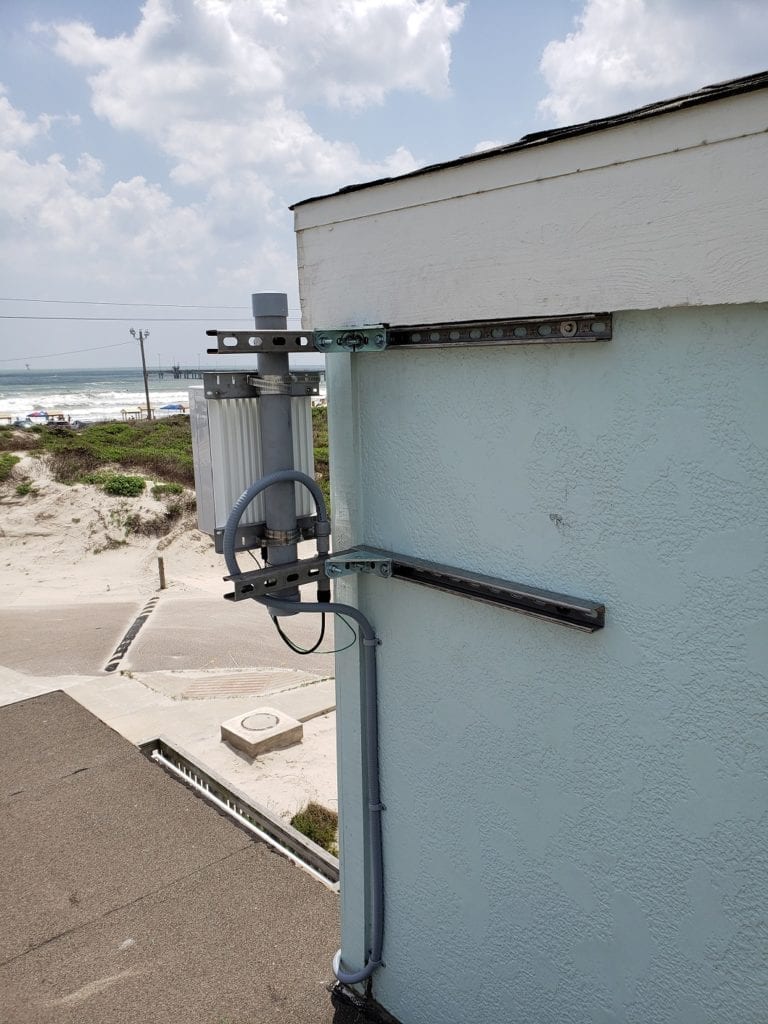Nearly 70% of the more than 400,000 CBRS sites are in rural areas, according to a new NTIA report on CBRS usage
Use of the shared Citizens Broadband Radio Service (CBRS) spectrum continues to rise, according to a new CBRS usage report published by the National Telecommunications and Information Administration (NTIA).
The report looked at CBRS site deployments from April 2021 to July 2024, based on data provided by Spectrum Access System administrators which operate the underlying systems that enable CBRS’ three-tiered sharing. NTIA’s analysis found that CBRS deployments grew “significantly” during those three years, up by more than 270,600 active transmitters, to a total of 400,403 CBRS Devices (CBSDs), or CBRS sites. The annual increase in 2022 was nearly 96,000, followed by growth of around 78,000 in 2023, NTIA said.
As of July of this year, nearly 70% of all CBRS devices are located in rural census blocks: More than 211,000 CBRS sites in rural areas, according to SAS data, compared to about 130,000 in urban areas.

The additional complexity of deploying CBRS in where Dynamic Protection Areas are in effect (and CBRS users must give way to incumbents including naval radars) doesn’t seem to be much of a relative deterrent. Last year there were 46,583 CBRS devices deployed in counties where CBRS’ Dynamic Protection Areas are in effect than in counties where DPAs were not in effect (31,482). DPAs are primarily located along the coasts of the United States, including major urban areas.

NTIA also noted that 5G CBRS deployments accounted for nearly 12% of active CBSDs as of mid-2024.
General Authorized Access (GAA) continues to be the most common spectrum access among CBRS devices, with more than 71% of active CBSDs having GAA-only spectrum access. Still, that means more than a quarter of active CBSDs have associated Priority Access Licenses (PALs)—and NTIA noted that a strong majority (82.2%) of CBSDs with a PAL grant also have at least one active GAA grant. Only about 20,000 CBRS sites have only a PAL grant.
NTIA said that the number of CBSDs with PAL grants has increased more than 400% since July 2021 to a total of 114,682 CBSDs in July of this year.
The report also found that CBRS is broadly used across U.S. geographies, with at least one channel of CBRS is in use in about 83% of U.S. counties; in 41% of U.S. counties, all 15 of the available CBRS channels were in use as of July 2024.
However, NTIA also noted in its report that CBSD counts alone “do not allow for an analysis of the coverage or efficiency of CBRS. However, they do provide some insights into the growth and evolution of CBRS, and a lack of CBSD deployments would certainly signify issues within the ecosystem.”
The vast majority of deployed CBRS sites are Category B, outdoor installations, which are permitted to operate at higher power levels than CBRS sites installed indoors. Cat B transmitters numbered more than 382,000 as of mid-2024, compared to fewer than 20,000 indoor devices. But NTIA pointed out that while Cat B devices have dominated CBRS deployments since the beginning and there are comparatively far fewer Cat A CBSDs, Cat A has seen even stronger relative growth than Cat B devices. The number of Cat A CBRS sites increased by more than 1,500% between April 2021 and July 2024.
CBRS has undergone significant changes in recent months, with updates to the aggregated interference model on which CBRS sharing is based, expected to enable CBRS Spectrum Access System administrators to provide “uninterrupted access” to approximately 72 million more people than they have in the past, in an iteration of the system dubbed “CBRS 2.0”.
You can access the full NTIA report on CBRS sites, which was filed with the Federal Communications Commission, here.

